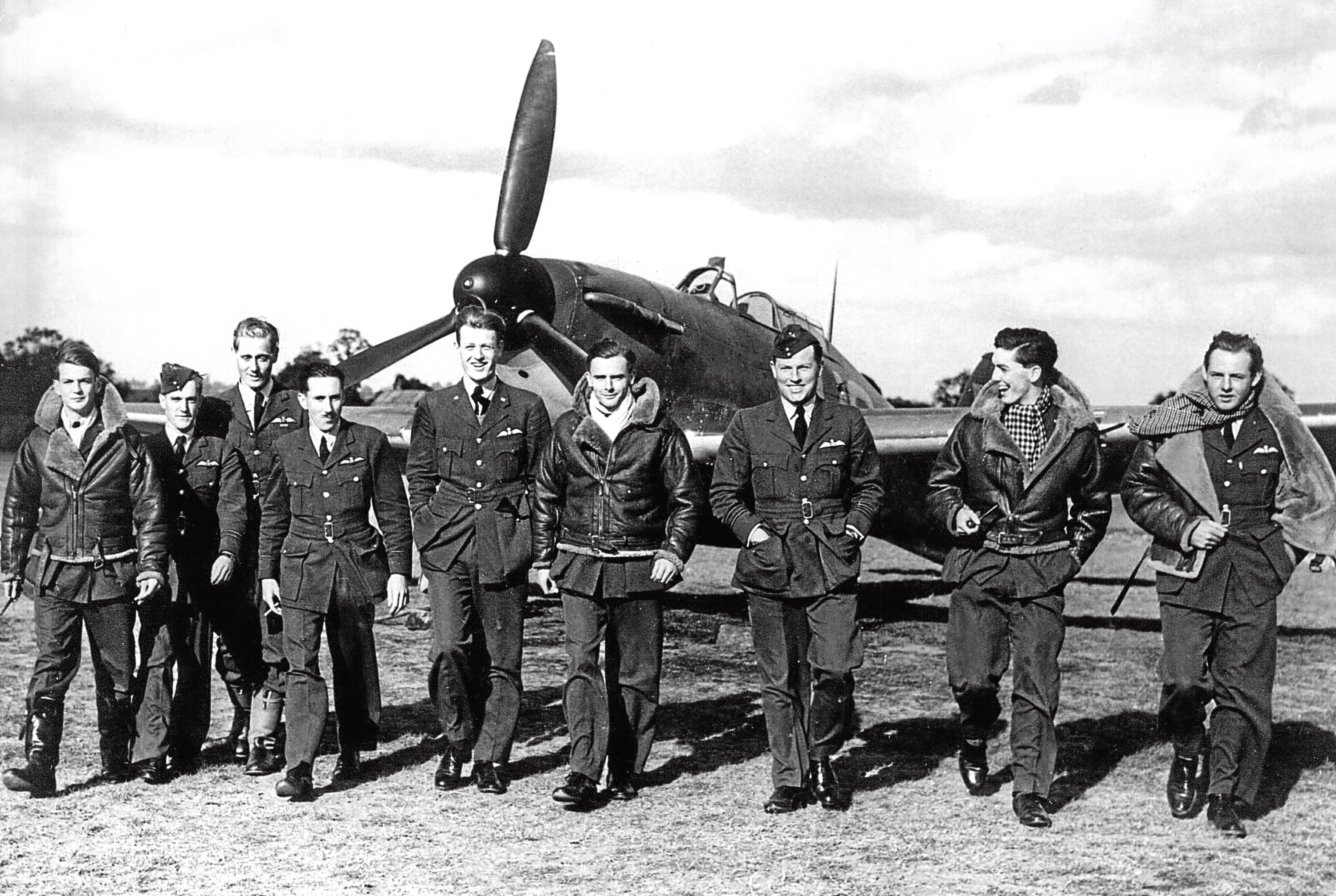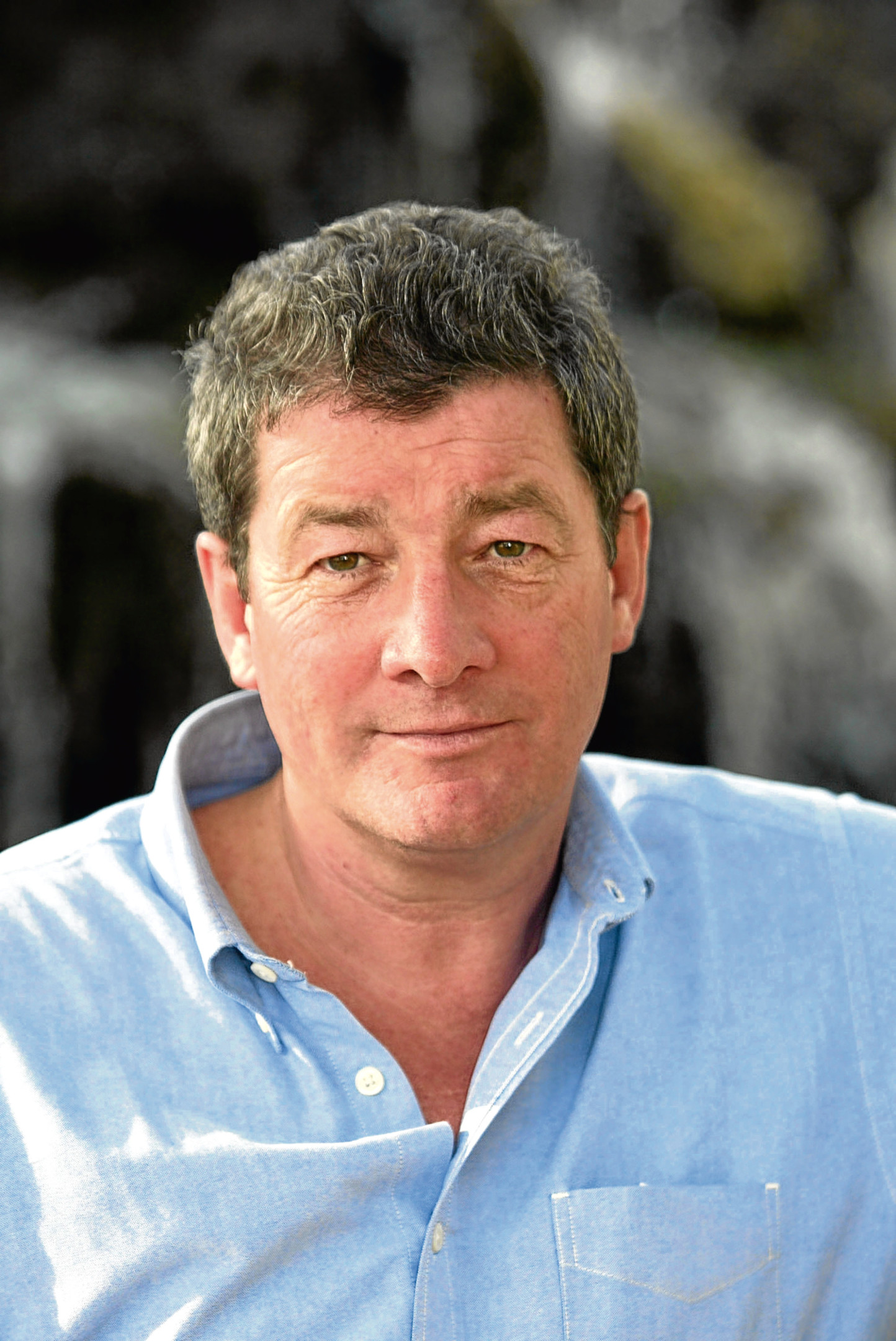
AHEAD of its centenary next year an authoritative new book, Air Force Blue, examines the vital role the Royal Air Force played in saving the nation during the Second World War.
Best-selling author Patrick Bishop tells Laura Smith the Honest Truth about the RAF.
What is your background?
I was a foreign correspondent for more than 20 years, covering conflicts in the Falklands, Bosnia, Lebanon, Iraq and Afghanistan.
How did you become interested in RAF history?
I grew up in Kent, where the airfields and the Battle of Britain was still part of the landscape, so I was brought up on a diet of Spitfires and Hurricanes.
My father also served in the RAF in the Second World War. He started out as a ground crew mechanic on Spitfires and progressed to air crew duties in the Middle East.
What is Air Force Blue about?
I’d read books on the subject but never found one that convincingly told me what being in the RAF was like. I didn’t feel the whole story was being told.
In Air Force Blue I try to explain the camaraderie and spirit of the RAF. It’s not just about battles, but also about the heart and soul of the air force.
How popular was the RAF?
It’s hard to imagine in the age of Easy Jet but flying used to be fantastically glamorous and sexy. Aviation was almost like show business in the 1930s. Pilots and aviators were like rock stars, plastered across the illustrated magazines. They’d won these incredible victories like the Battle of Britain in 1940 so they were the darlings of the nation.
How significant was the RAF’s contribution to the Second World War?
I think the RAF contributed most to the allied victory. It was the most effective, aggressive and efficient arm of the British forces. It was also a reflection of this emerging Britain that was more democratic and egalitarian.
Because of the technological nature of the RAF, your background was less important than your competence. At the time that was a revolutionary idea in the British military.
What made it such an effective fighting force?
People in the RAF were a new breed. They were more forward-thinking and open to innovation. It was striking how quickly they could resolve problems, change tactics and strategies.
By the end they had near total mastery of the skies above Europe and could carry out specific attacks on targets that were both strategically and symbolically significant.
Mosquito aircraft were able to destroy Gestapo headquarters on several occasions with incredible precision, and of course, there was the Dam Busters raid led by Guy Gibson. These were heartening examples of the air force being used to strike at the heart of the enemy.
For the public, it felt like they were bringing the end of the war that little bit closer.
You share many individual stories. Do you have a favourite?
In Cairo there were officer-only nightclubs, which many in the RAF resented. So Sergeant Sam Pritchard and a friend would sew lieutenant insignia into their jackets to look like officers.
One night they got drunk with a friendly wing commander and eventually admitted their true rank. Their new friend burst out laughing and admitted he was a corporal in disguise as well!
What about the RAF today?
The RAF turns 100 next year so it’s a young service compared to the army and navy. Today, members are very aware of their history and where they came from.
I get the same feeling talking to the guys today that I did talking to veterans of Battle of Britain.
Whether you were a mechanic, rear gunner or serving food in the mess hall, everyone took a lot of pride in what they did. That’s still the case.
Air Force Blue: The RAF in World War Two, Spearhead of Victory is published by William Collins.

Enjoy the convenience of having The Sunday Post delivered as a digital ePaper straight to your smartphone, tablet or computer.
Subscribe for only £5.49 a month and enjoy all the benefits of the printed paper as a digital replica.
Subscribe